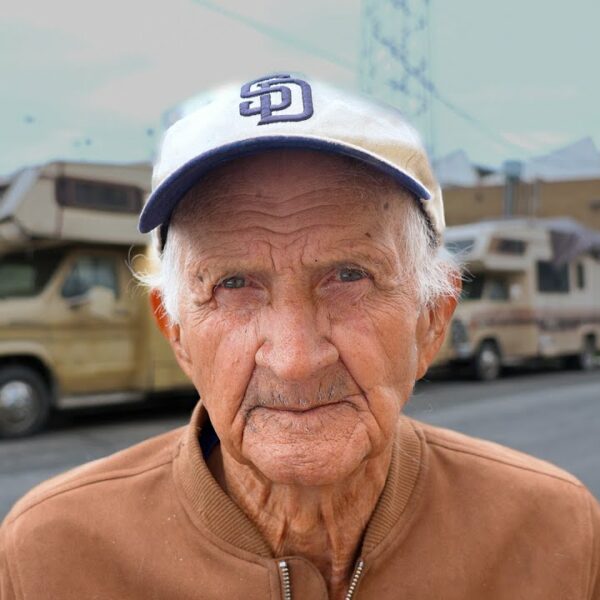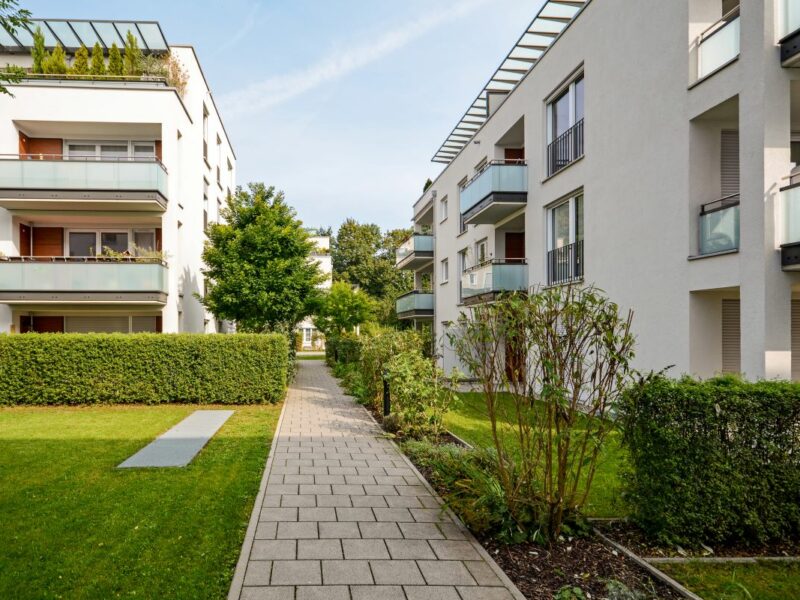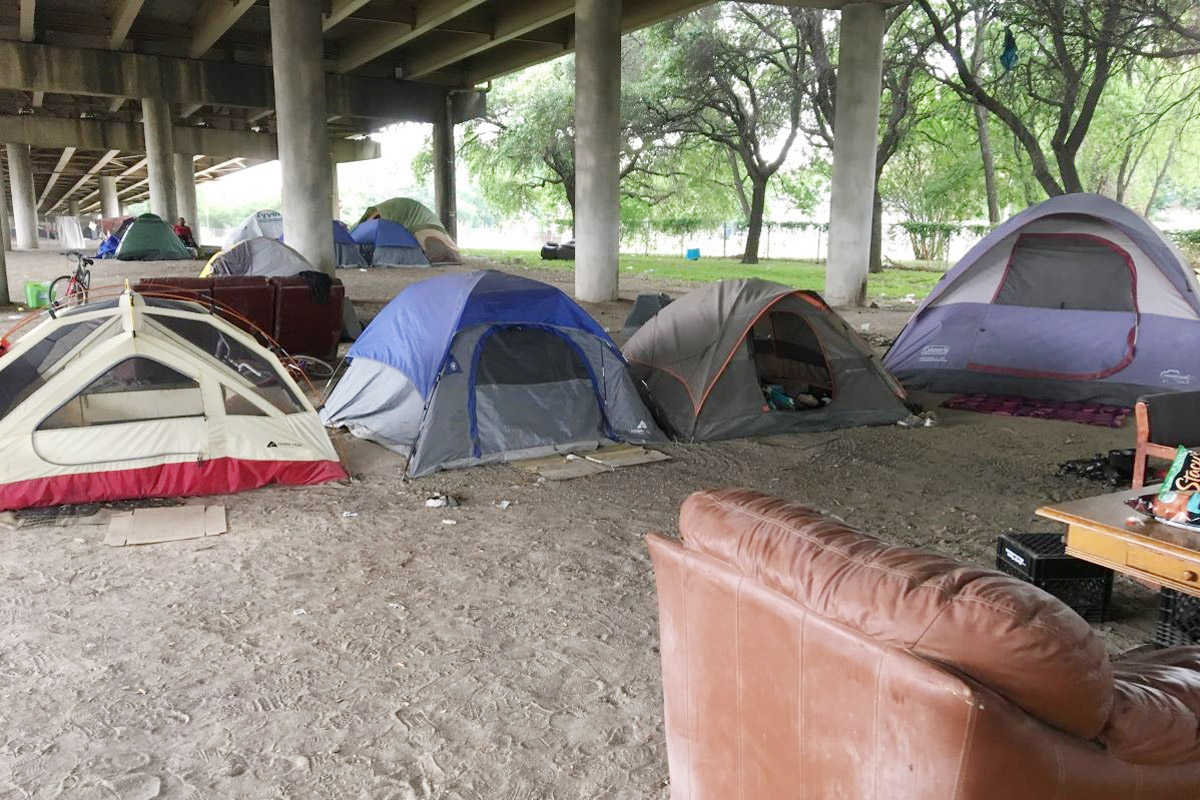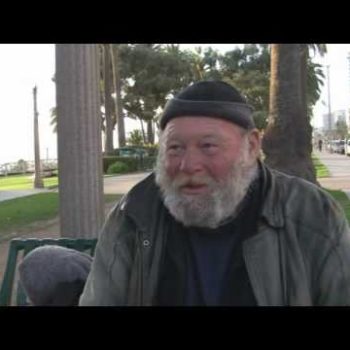COVID-19 has completely changed how unhoused individuals access resources and shelter. This population is at unique risk of getting infected with and spreading the virus. Consequently, indoor shelters have been shown to be one of the most at-risk settings, given the large number of people sharing the same space indoors, making social distancing all but impossible.
As shelters become overcrowded, unhoused folks become wary of health concerns. More people enter into homelessness due to the economic recession and unemployment. An increase of encampments in big cities has already started to appear.
This creates a dilemma that many of these places were facing before COVID-19: how to respond to these encampments with the interest of those immediately experiencing homelessness and the greater community in mind.
Community Collaboration
On May 10, the Center of Disease Control released federal guidelines outlining how to address COVID-19 and unsheltered people experiencing homelessness. These guidelines emphasized that while living outside may allow for social distancing, it does not provide necessary access to hygiene, sanitation, services, and healthcare.
To create appropriate solutions, they suggested community collaboration among health departments, outreach teams, law enforcement, and others. The goal is to balance the needs of social distancing with access to essential needs.
The CDC determined a decent, safe shelter is a priority for unsheltered homeless people. This will help prevent the spread of coronavirus throughout the community and flatten the curve. With that in mind, the CDC also established the following guidelines surrounding encampments:
- If individual housing options are unavailable, allow people living unsheltered or in encampments to remain where they are.
- Clearing encampments can cause people to disperse throughout the community and break connections with service providers. This increases the potential for infectious disease spread.
San Francisco Establishes City-Sanctioned Encampments
California has already implemented these guidelines. San Francisco took this recommendation further introducing government-approved encampments. The sanctioned encampments provide individuals experiencing homelessness a place to stay while offering services such as showers and food.
So far, San Francisco has established two city-sanctioned encampments: one in front of City Hall, and another in Bay View Park (known as MLK Park to residents of the local community). Three other sites across the city are in the process of becoming additional safe sleeping sites.
There are concerns about the current encampments, which officials must address while designing new ones. These include:
- limiting the number of people to maintain proper social distance
- hiring enough staff to assist individuals in need
- providing multiple bathrooms to maintain basic sanitary conditions
Furthermore, some advocates maintain that unhoused people should be temporarily housed in hotels during this pandemic.
US District Judge Rules LA Must Provide Alternate Shelter for Unhoused Individuals Living Under Freeways
While following the same federal guidelines, Los Angeles is taking a slightly different approach in dealing with its 6,000-7,000 unhoused individuals currently living in encampments under freeways.
Instead of allowing these encampments to expand, cities must provide alternative shelter in accordance with new CDC guidelines. An updated ruling last Friday by the U.S. District Judge David O. Carter required local governments to develop a plan to house these individuals by September 1. This comes after many years of local government neglecting this population, and choosing to handle the issue through occasional sweeps.
In a May 15th ruling, the judge wrote, “As with many issues involving individuals experiencing homelessness, no party appears to be addressing this problem with any urgency.” The ruling requires that all shelters and alternative housing must adhere to social distancing guidelines, allow access to hygiene products, and provide an adequate number of staff.
So far, there have been several local and state efforts to house the homeless in Los Angeles during this pandemic. The most impactful has been Project Roomkey, which has sheltered over 2,000 people in hotel and motel rooms. There are approximately 500 additional beds available.
In order to comply with Judge Carter’s ruling, the amount of housing programs and vacant units must increase significantly to meet the demand of how many people need housing. This ruling could be the first step leading to long-term solutions, which will dramatically reduce homelessness in Los Angeles.













